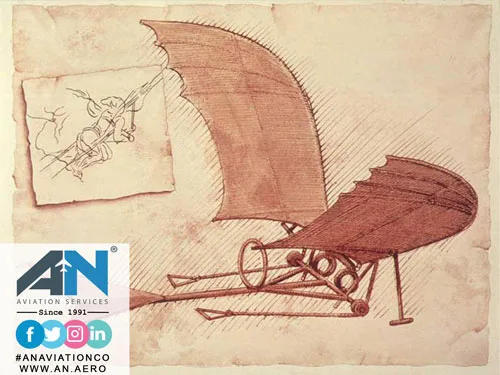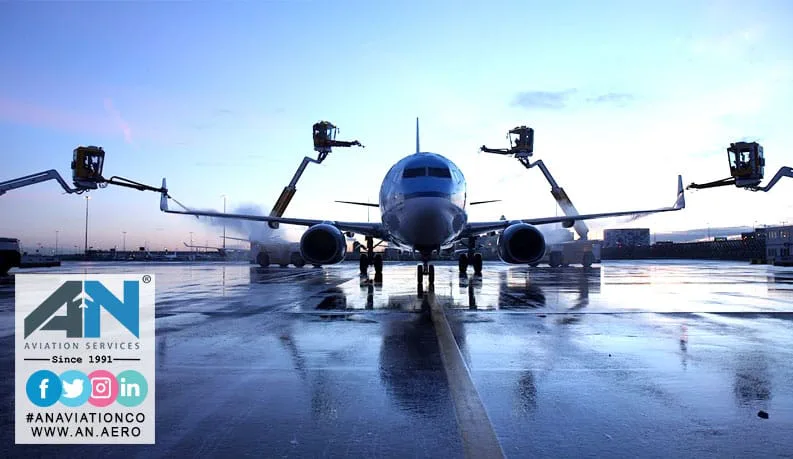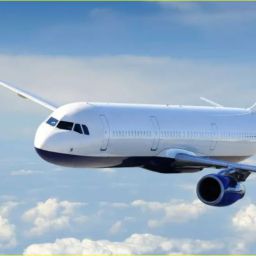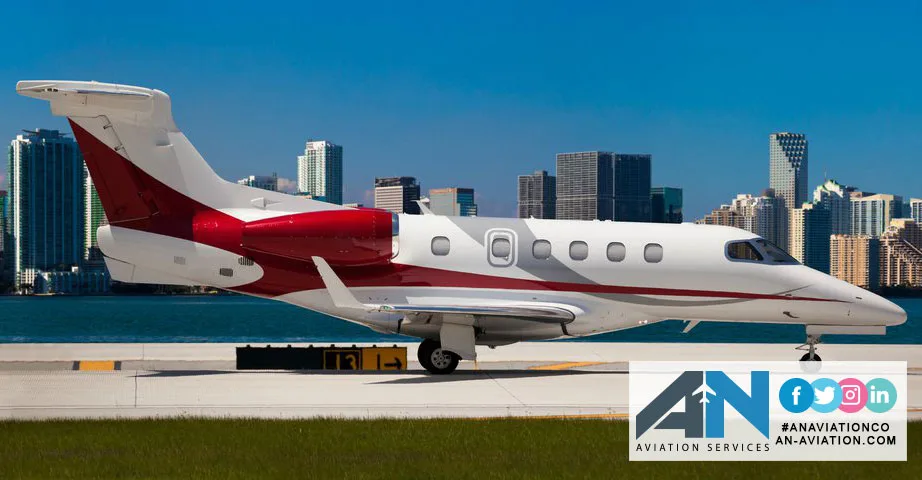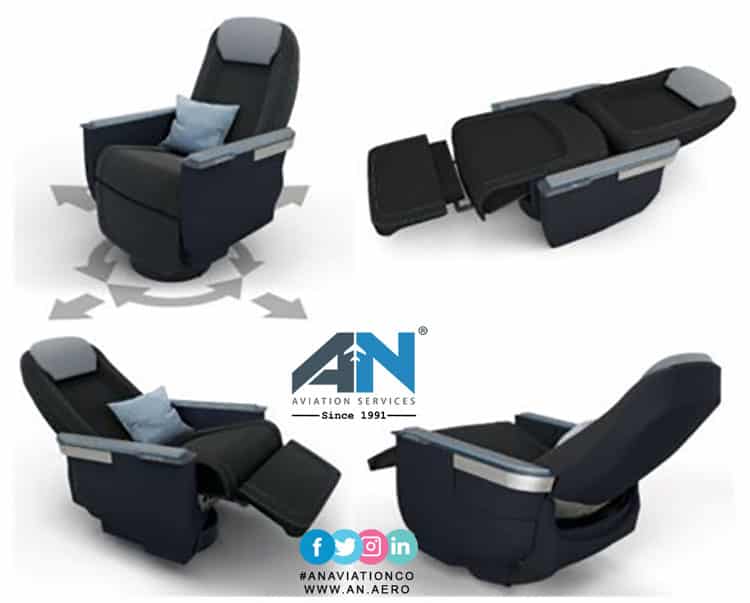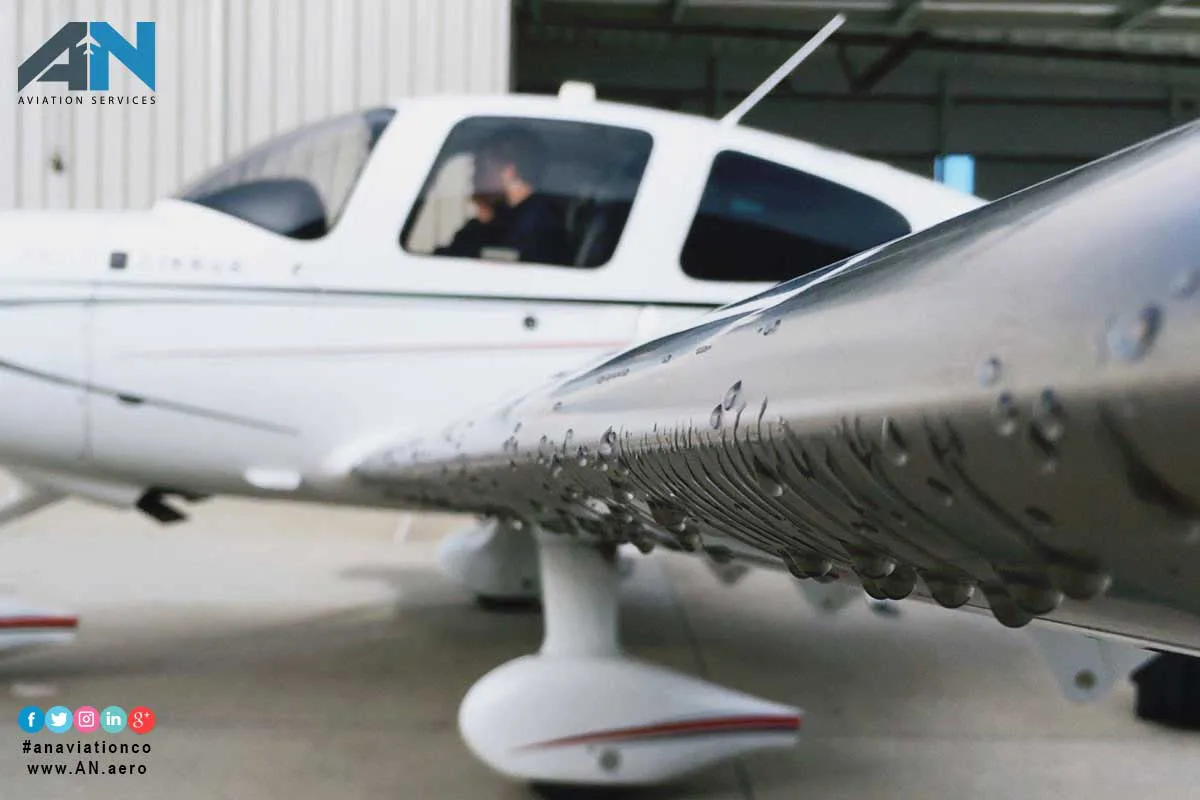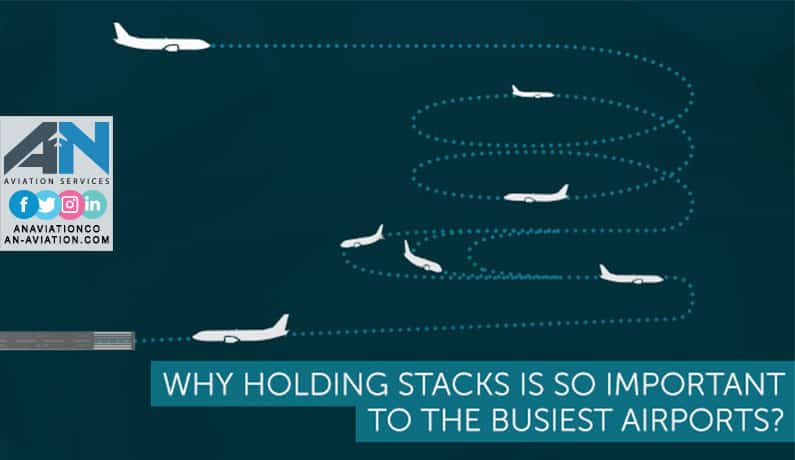
The world of aviation is a constantly evolving field where safety, comfort, and efficiency go hand in hand. Among the many advancements in the aviation industry, the transformation of the airplane interior stands out as a crucial element. Over the decades, airplane interiors have shifted from basic and utilitarian designs to highly sophisticated spaces engineered with passenger safety and comfort in mind.
This evolution is not just about aesthetics or comfort but a direct response to advancements in aviation technology, increasing passenger expectations, and rigorous safety regulations. In this blog, we’ll take a closer look at how airplane interiors have evolved, highlighting the milestones that have made flying safer and more enjoyable.
Early Days of Aviation: Functionality Over Comfort
When airplanes first took to the skies in the early 20th century, passenger cabins were far from what we know today. Early commercial planes were designed with a focus on basic functionality rather than passenger comfort or safety. Interiors were often sparse, with metal walls, uncomfortable bench-style seats, and open cockpits.
In the early days, safety was an afterthought. Aircraft manufacturers were primarily focused on proving that air travel was feasible. As a result, passengers often experienced turbulence, freezing temperatures, and exposure to noise due to the lack of insulation or pressurization. Yet, the introduction of enclosed cabins in the 1920s marked the first step toward enhancing both safety and comfort.
The 1930s-1940s: Pressurization and Safer Designs
As aviation became more mainstream, airlines began investing in better airplane interiors to attract more passengers. A significant milestone during this time was the introduction of pressurized cabins, which revolutionized air travel. With pressurization, airplanes could fly at higher altitudes, avoiding much of the turbulence and weather-related hazards experienced at lower altitudes.
Cabin interiors also became more refined during this period. Padded seats replaced hard benches, and windows were added for passenger enjoyment. However, safety concerns were still emerging. The importance of safety features such as seat belts, emergency exits, and improved cabin layouts was beginning to gain attention.
Post-War Era: Setting Standards for Safety
The end of World War II brought about significant advancements in aviation technology, many of which influenced the design of commercial airplane interiors. With larger aircraft capable of carrying more passengers, safety regulations became a priority. This era saw the introduction of standardized seatbelts, improved lighting, and the strategic placement of emergency exits to allow for faster evacuations in the event of an emergency.
Additionally, cabin layouts were designed with aerodynamics and safety in mind. Airlines began to adopt configurations that maximized passenger capacity without compromising safety. While the focus remained on providing a safe environment, the concept of passenger comfort was also taking root. Airplane seats became more comfortable, and basic in-flight services were introduced to enhance the passenger experience.
The Jet Age: A Leap in Comfort and Safety
The 1950s and 1960s marked the dawn of the Jet Age, a period that redefined the aviation experience. With faster jets like the Boeing 707 and the Douglas DC-8, air travel became more accessible to the masses. Alongside these technological advancements came dramatic improvements in airplane interiors.
Airlines began emphasizing the aesthetics of their cabins, introducing sleek designs, plush seating, and refined color schemes. Passengers were treated to luxurious in-flight meals, spacious legroom, and personalized service. However, the increase in air traffic also brought greater emphasis on safety standards. This era saw the introduction of life vests, oxygen masks, and smoke detectors in cabins to prepare for potential emergencies.
The design of overhead compartments, aisle widths, and seat layouts also became more strategic. These elements weren’t just about convenience—they played a critical role in passenger safety by improving evacuation efficiency and reducing the risk of injury during turbulence.
The Modern Era: Technology Meets Safety
In recent decades, airplane interiors have undergone a technological revolution. Modern airplane interiors are designed with both safety and comfort at their core. Advancements in materials, engineering, and technology have allowed for lighter yet stronger cabin structures, reducing overall aircraft weight while maintaining durability.
One of the most significant innovations is the incorporation of fire-resistant materials in cabin construction. Seats, carpets, and walls are now designed to limit the spread of flames, buying passengers and crew valuable time in the event of an onboard fire.
Seatbelts have also evolved, with some aircraft featuring airbag seatbelts in premium cabins for added safety during impact. Meanwhile, LED lighting systems have replaced traditional lights, offering better visibility during emergencies and creating a calming atmosphere for passengers.
The integration of in-flight entertainment and connectivity systems has also transformed passenger experiences, but safety remains paramount. From automated cabin pressure monitoring systems to advanced evacuation slides, every element of the modern airplane interior is engineered to ensure passenger well-being.
The Role of Innovation in Passenger Comfort
While safety is the top priority, airlines have also focused on providing an unparalleled passenger experience. Today’s airplane interiors are tailored to meet the needs of different traveler segments, from economy passengers to those flying in first-class suites.
Cabins now feature ergonomically designed seats, noise-reducing materials, and advanced air filtration systems to enhance comfort. For long-haul flights, lie-flat beds, private pods, and ambient lighting have become standard in premium cabins. Meanwhile, economy class interiors are designed to maximize space efficiency while ensuring a comfortable journey for passengers.
In addition, the use of cutting-edge materials like carbon composites has allowed for larger windows, quieter cabins, and better overall air quality, making flying more enjoyable for all.
Sustainable Innovations in Airplane Interiors
As the aviation industry works to reduce its environmental impact, sustainable innovations in airplane interiors have taken center stage. Manufacturers are now focusing on recyclable materials, energy-efficient lighting, and lighter components to improve fuel efficiency. These advancements not only reduce the environmental footprint of air travel but also contribute to overall aircraft performance.
Cabin designers are also prioritizing modular designs, which allow for easier upgrades and repairs, extending the lifecycle of aircraft interiors and reducing waste. By combining sustainability with cutting-edge technology, the future of airplane interiors looks both environmentally friendly and passenger-focused.
Conclusion: A Balance of Safety, Comfort, and Innovation
The evolution of airplane interiors is a testament to the aviation industry’s commitment to passenger safety, comfort, and innovation. What began as bare-bones cabins in the early 20th century has transformed into sophisticated, technology-driven spaces that prioritize the well-being of everyone on board.
From advancements in fire-resistant materials to the strategic placement of safety features, every aspect of the modern airplane interior is designed with precision and care. At the same time, airlines continue to push the boundaries of comfort and luxury, ensuring that passengers enjoy a seamless and enjoyable journey.
As technology continues to evolve, the future of airplane interiors promises even greater strides in safety, sustainability, and passenger satisfaction, proving that in aviation, there is always room for improvement.




